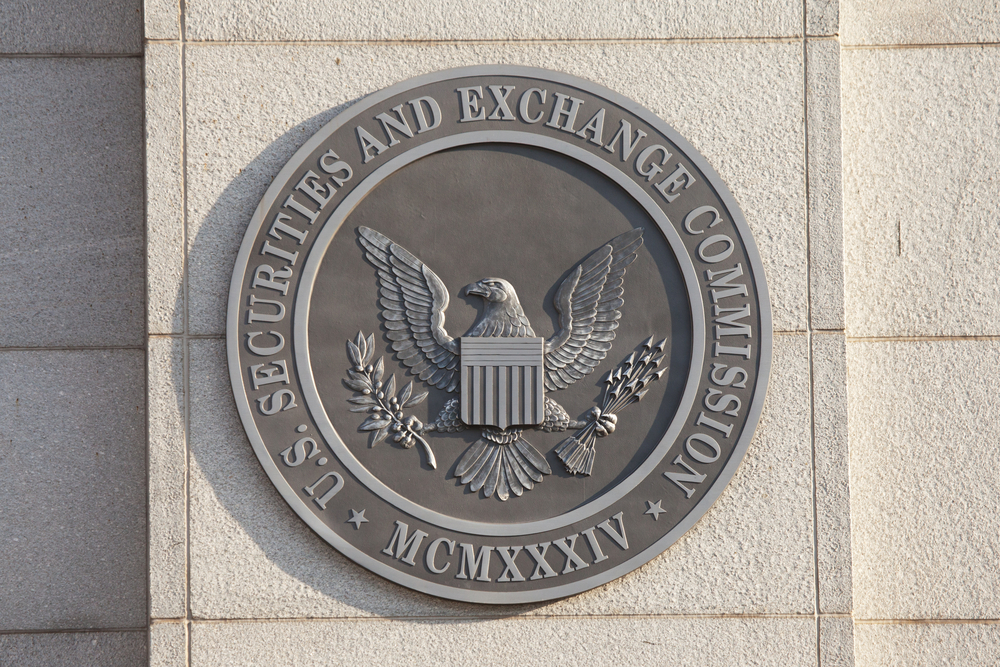In a speech at the SIFMA AML Conference last week, FINRA Head of Enforcement Susan Schroeder openly explained the “straightforward framework” that Enforcement uses when making decisions about enforcement actions. The context for Schroeder’s speech was FINRA’s merger of two separate enforcement departments, resulting from FINRA head Robert Cook’s “listening tour” and FINRA’s recent self-evaluation, but Schroeder’s explanation appeared to be more of a response to broader industry complaints about FINRA Enforcement’s lack of consistency and transparency in its charging and sanctions decisions.
If that was Schroeder’s mission, she was successful. She identified the goals of enforcement actions, and justified FINRA’s use of its enforcement tool based upon harms to investors and perceived market risks. Overarching Schroeder’s speech was the principle that firms should know “what to expect from their regulator” so they know “how to shape their behavior in order to comply with the rules.” In this spirit of transparency, Schroeder identified the various principles or factors that FINRA Enforcement considers when evaluating enforcement actions and sanctions. Those principles should provide a vocabulary for firms and their counsel to assess and question FINRA’s enforcement activities.
Here are the principles in Schroeder’s own words:
Is this enforcement action appropriate? According to Schroeder, enforcement actions should be brought to “fix something that is broken or to prevent future misconduct, either by the same respondent or by another individual or firm.” Enforcement is not the only means FINRA has to fix something, and it is not always the “right tool” to use. To determine whether enforcement action is the appropriate regulatory response, FINRA will ask: READ MORE










